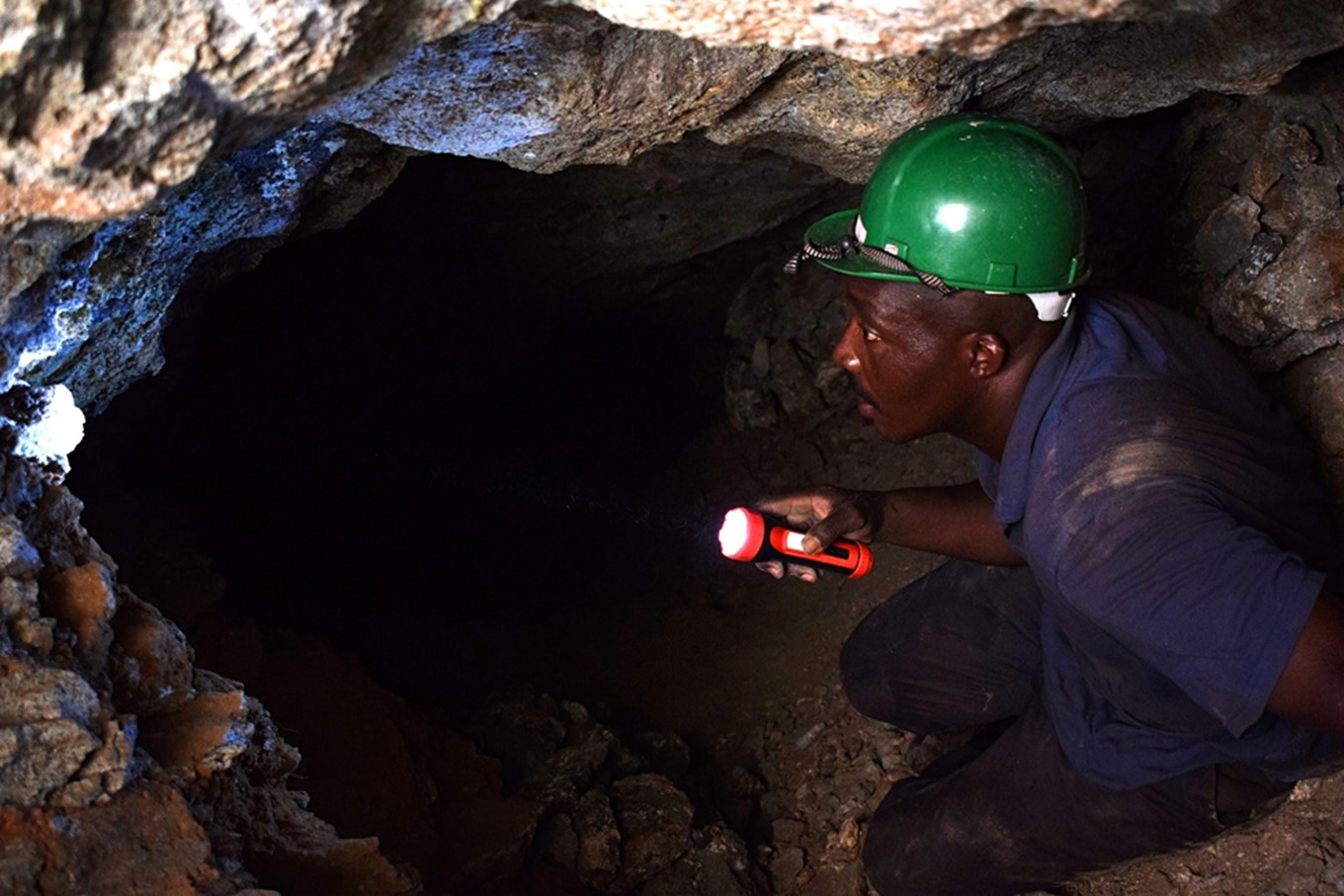In early 2020 as part of my consultancy for a USAID funded program, I visited Taita Taveta county. A beautiful coastal county known for a lot of natural beauty. Most of the beauty I had seen on the ground was wildlife, landscapes and a flavour of coastal hospitality.
I didn’t know mining was big business in Taita Taveta county. There are 40 high-value precious stones and ten types of industrial minerals. It is a mineral-rich county. I visited one group of artisanal miners; this group of regular folk typically hire equipment and get licenses for small scale mining on ranches owned by the usual suspects: independently wealthy Kenyans and foreigners and the corrupt elite of Kenya.
I spent a morning in dust and crawled into a mine shaft, which was petrifying. The miners were gracious in helping in my descent into the stuffy mine. And also gave me a helmet. I won’t lie; shooting images of Gilbert Isinga was very uncomfortable for me.
I had to calm myself down; what helped was the tunnel wasn’t too deep. There was a section behind me where sunlight beamed through. What Gilbert was seeking to find in this picture were fault lines to help him dig and seek for the green garnet or what some may know as tsavorite. Tsavorite is one of the most expensive garnet gems; some say its features surpass emerald.
But artisanal miners like Gilbert Isinga need more manpower and better machinery to mine aside from chisels and mattocks to cover more ground in the mines and source better areas to acquire the green gems.
I probably should mention that these mines are in the bush. When I got out of the mine, I saw giraffes roaming around. I saw evidence of elephants we were told mostly roam around at night. We were also warned as we were leaving that if we had stayed late, we might have encountered a leopard or two.
These artisanal miners set up camp in the area and leave after a few weeks for a break and spend time with family to return to the mine in the hopes of hitting a huge rock and making millions of Kenya shillings.


Leave a Reply